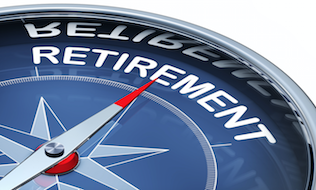

Concerns about pension security have been an issue for some time now, but is the gap in retirement savings as bad as it seems?
The question arises as a new study has projected Canada will face a $13.4-trillion retirement shortfall by 2050. It pointed to several factors that contribute to Canada’s deficit, including the growing number of self-employed individuals, which reduces access to employer-sponsored savings plans, and fewer private sector employees covered by defined benefit pensions. In fact, as Statistics Canada pointed out in a report on registered pension plans last week, coverage fell to 37.8 per cent in 2015, down from 38.1. per cent the year before. And with so many Canadians now in defined contribution pension plans, some industry observers have suggested a lot of them will be in for a surprise when they retire and have to find a way to live on what they’ve saved.
Read: Canada facing $13.4-trillion retirement savings deficit by 2050
On the other hand, some organizations have responded to the challenge by making improvements to their capital accumulation plans, such as higher employer contribution rates and offering defaults and automatic features that make it easier for members to save.
Read: 2016 CAP Member Survey: Deconstructing how different employees view their retirement
As well, enhancements to the Canada Pension Plan, which will take effect in 2019, will also help boost retirement security by increasing income replacement to one-third from one-quarter of an individual’s pensionable earnings. And besides pension savings, Canadians do have other sources of income and wealth in retirement, including the value of their homes.
So is the pension picture that bad? Is Canada facing a looming crisis or are Canadians likely to be fine in retirement? Have your say in this week’s online poll.
Read: Chronicling the Canadian pension system’s constant state of crisis
Last week’s poll asked whether employers should adopt a general category of paid time off or make a point to separate sick leave from other types of absences, such as vacation. Among respondents, 58 per cent prefer the traditional approach of distinguishing the types of leaves because it helps employers and employees keep track of absences in a transparent way. The remaining 42 per cent of respondents said having a general category of paid time off is simpler and fairer to all employees.

